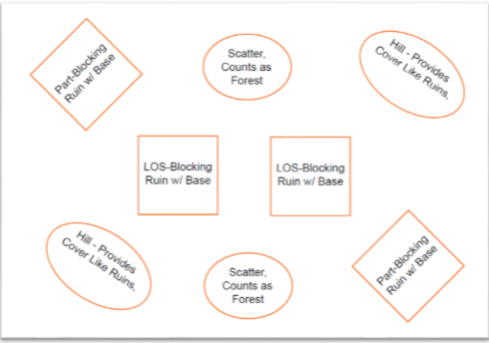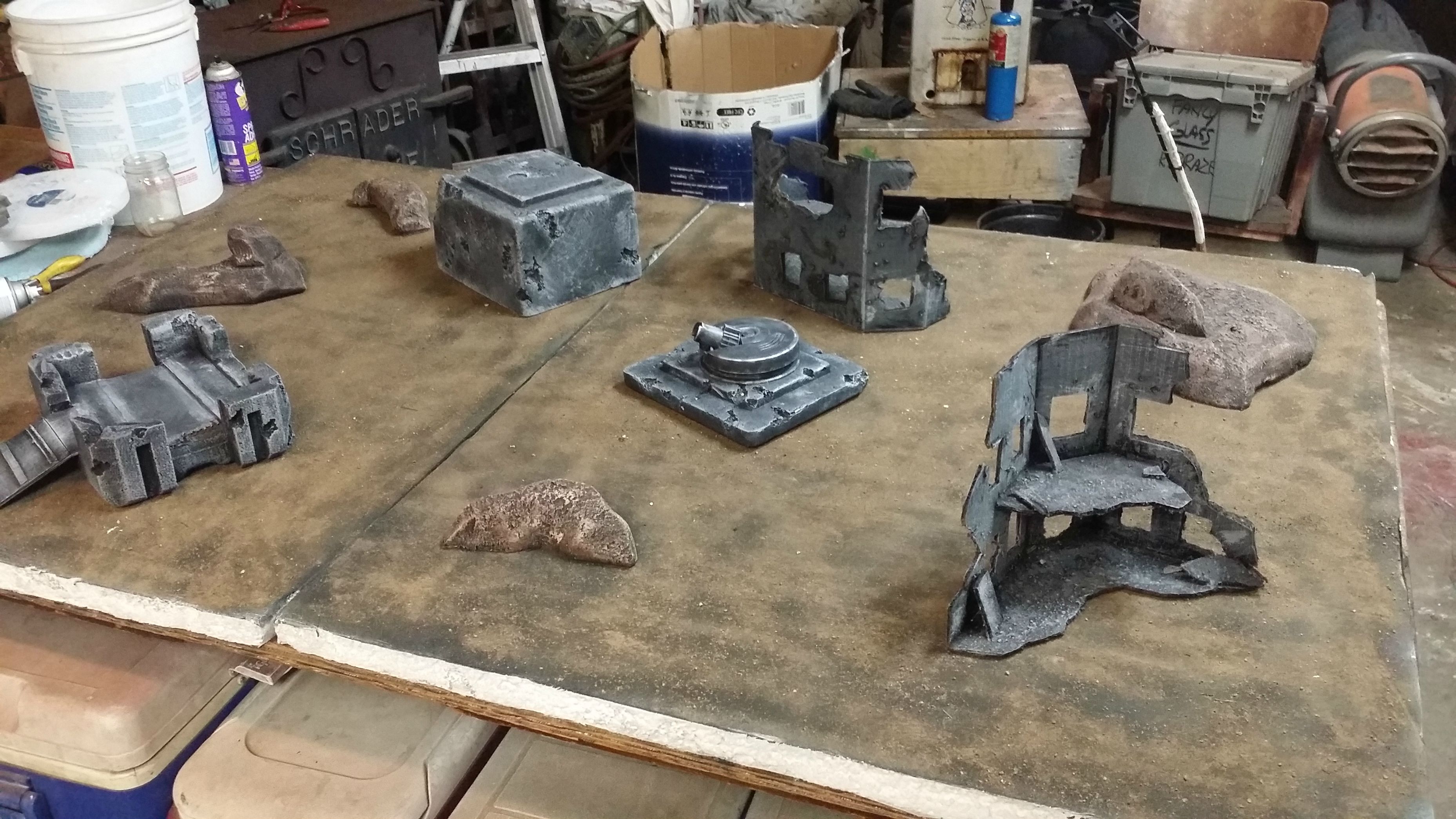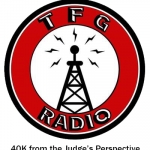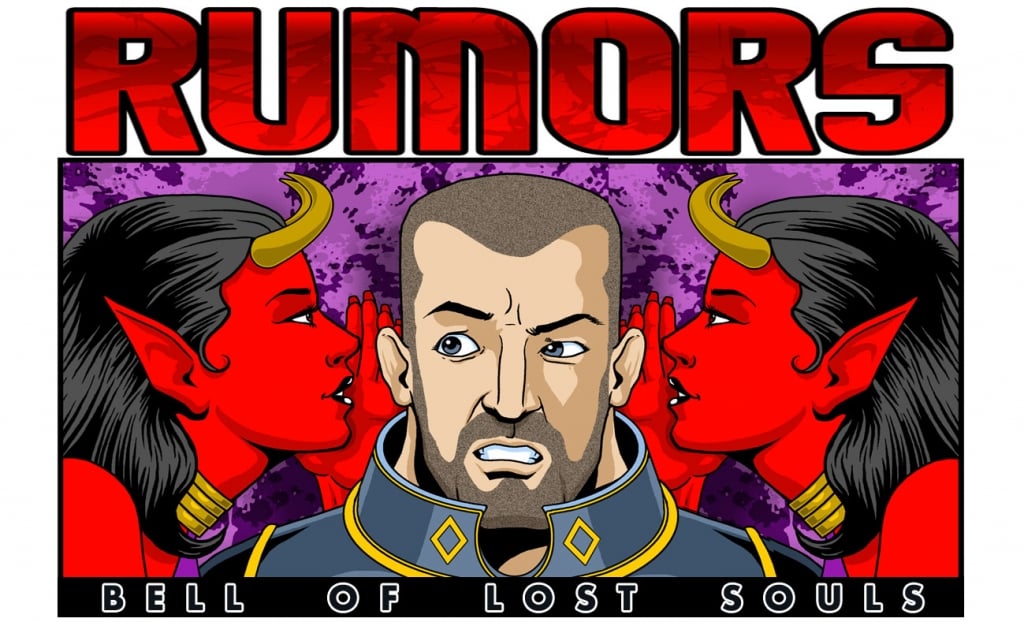Warhammer 40K: Symmetrical vs Asymmetrical Competitive Tables
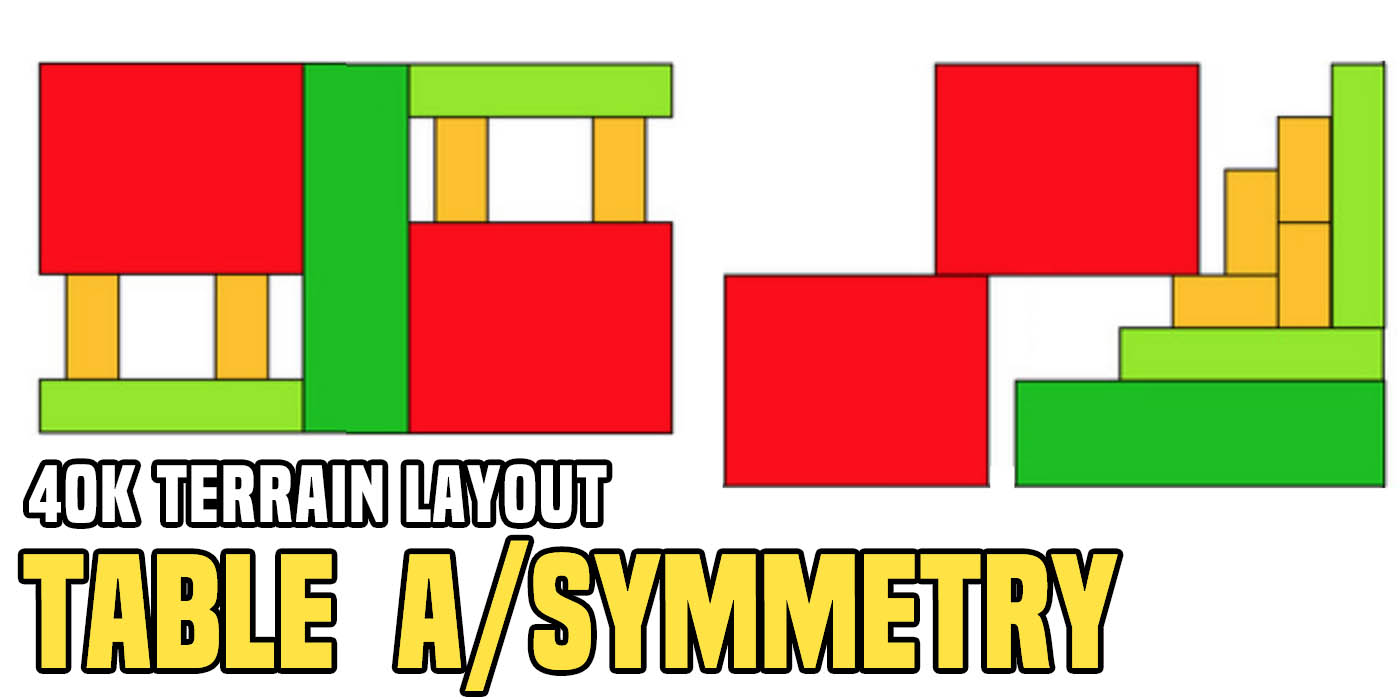

Adam, from TFG Radio, to talk about another aspect of the competitive scene – the pros and cons of table layouts.
There are a few things that are essential to play a game of Warhammer 40,000. Dice, tape measure, rule books, and models are just some of the various items that you should have to enjoy your game, both in a casual setting and in a tournament setting. One thing needed for anytime you play a game is a table. In most cases you don’t need anything too fancy. My brother and I used our family pool table in the days of 2nd and early third edition. For tournaments, however, you need a large number of good sturdy tables. Just as important is what goes on top of those tables. Terrain placement plays an important part of the game and can play a large role in the success or failure of an army in that battle. There are two ways of placing terrain on the table. You can go either with a Symmetrical approach or an Asymmetrical approach to terrain placement. Each has their own strengths and weaknesses and really comes down to what the tournament organizer wants to do.
Symmetrical Table
Symmetrical Tables
The Upsides
As the name suggests, Symmetrical table are just that. The are the same for both sides no matter what side of the boards you choose. It does make things easier, in terms of picking your side. Since you and your opponent will have the same amount and type of terrain pieces, it doesn’t matter what side you choose. It really comes down who what side of the table you are already on, and if you want to bother switching sides(hint: 99% of the time, you don’t). It helps save time in agonizing if you want the side with the extra barrel or not, since both sides will have the same amount. Depending on the person, this could actually make the game a little faster. Now, if the whole tournament uses the same layout, then every participant will know what to expect at every table and there will be no surprises, from the terrain at least.
The Downsides
There are a few downsides however. For one, it make the dice roll to see who picks deployment zone worthless. What’s the point of winning the roll if you really don’t have a choice. In some missions you are punished for winning this role by your opponent getting to decide to go first or second, instead of a roll off. So now you are doubly punished. Once for getting the honor of choosing a deployment zone essentially taken away from you , and two, by not even getting a good chance of going first. Another issues is that it can become repetitive and bland, especially if all the tables in the tournament have the same terrain and setup. This can make things monotonous and boring very quickly. You can quickly determine what armies and setups will do well and easily plan for the terrain you know will be there. This doesn’t just give players an auto win, as this is still a dice game, but it does benefit some types of armies and players.
Asymmetical table
Asymmetrical Tables
The Upsides
This type of table is, again, just as the name says. Each side, depending on the side you choose, gives you a different view of the battle. Winning the role to determine the side you choose can sometimes win or lose you the battle before the first model is placed on the table. This can sometimes cause someone to spend more time they intend on trying to figure out what side of the table is best for them. That being said, it is still the nature of most players to still choose the side they are on because that’s where they had setup their stuff. So sometimes it is important to get to your assigned table first and pick the side that you think is best. Don’t discount the laziness of players. For some armies this allows them to gain a slight edge against an army that they may not normally do well against. Similar to actual battles, the terrain, in this instance, can play a big part in the success of an army against an opponent that would normally beat them.
The Downsides
This type of set up is tough for some players as they cannot properly plan for these tables since they do not know what they will be like beforehand and even then there is no guarantee that they will even fight on a table that they are wary of. Usually players have to rely on what others have said about the event to gauge the type of terrain and even then, if the tournament organizer decides to change the terrain, there is no way to know what the terrain will be like. Many times it is this aspect of the game that will test the generalship of a player.
-That’s it for this week! I prefer a mix of the two. I find that the mix leaves some element of surprise and tests a player’s generalship while still providing some sense of order for those that prefer that. What do you think? Do you prefer everything the same, a mix of terrain on the tabletop, or both? Let me know in the comments section.

